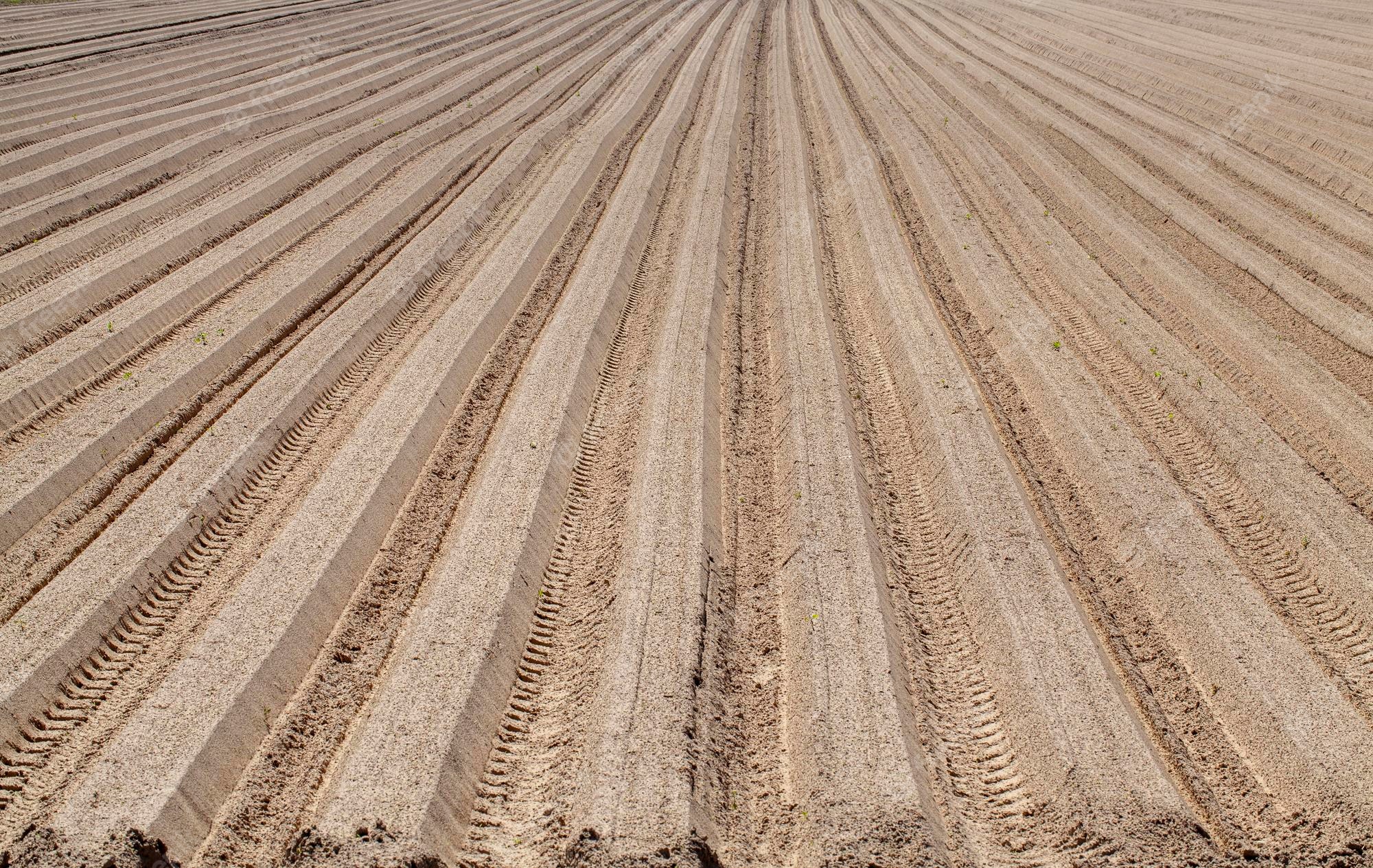
In regenerative agriculture, reducing or eliminating tillage is an important practice for building healthy soil and increasing biodiversity. Tillage can disturb soil structure, increase erosion, and reduce soil organic matter content, which can lead to decreased soil health and productivity over time.
Want to reduce Tillage in agriculture?
Detecting tillage in agricultural fields can be useful for assessing the effectiveness of regenerative practices and identifying areas where further improvements can be made. Here are some methods for detecting tillage in agricultural fields:
- Visual inspection: One of the simplest ways to detect tillage is through visual inspection of the fields. This can be done by walking the fields and looking for signs of disturbance such as plow furrows, soil clods, or residue from tillage equipment.
- Remote sensing: Remote sensing technologies such as satellite imagery, aerial photography, or drones can be used to detect tillage. Tillage leaves a distinct signature in the landscape, which can be identified through image analysis. For example, areas that have been tilled will have a different texture or color than areas that have not been tilled, making them visible in high-resolution imagery.
- Machine learning: Machine learning algorithms can be trained to detect tillage in agricultural fields based on image analysis. This involves training the algorithm using a dataset of labeled images, where the presence or absence of tillage has been identified, and then applying the algorithm to new images to identify areas of tillage. Machine learning can be used with both remote sensing data and on-the-ground images.
Overall, detecting tillage in regenerative agriculture can help farmers to assess the effectiveness of their practices and identify areas for improvement. By reducing tillage, farmers can help to build healthy soil, increase biodiversity, and create a more sustainable and resilient food system.